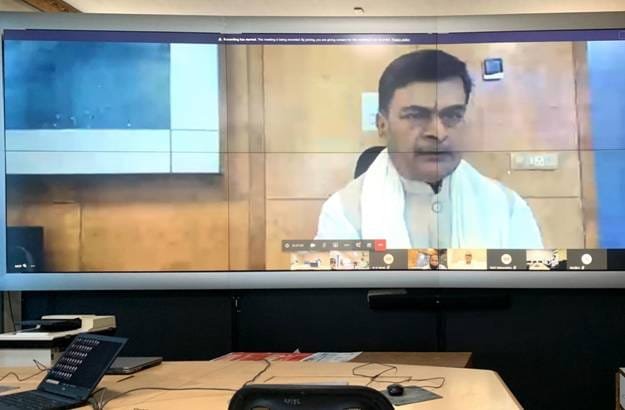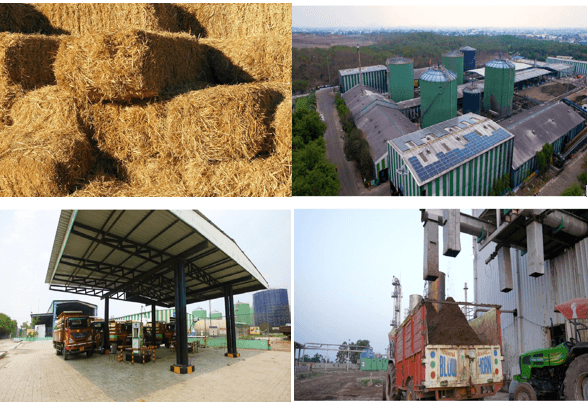A ‘win-win’ platform for energy requirement
The pan-India Real-Time Market in electricity, launched in New Delhi on 3 June 2020, has placed the Indian electricity market amongst a league of few electricity markets in the world, which have a real-time market.
Speaking at the launch via video conference, R. K. Singh, the Minister of State (IC) Power and New & Renewable Energy, said the real-time market is an organized market platform to enable the buyers and sellers to meet their energy requirement closer to real-time of operation.
The introduction of a real-time market will bring required flexibility in the market to provide real-time balance while ensuring optimal utilization of the available surplus capacity in the system, he said.
It will also help manage diversity in the demand pattern in the country with an organized market at national level.
The real-time market would be for every 30 minutes in a day based on double-sided closed auction with a uniform price.
The concept of “Gate Closure” has been introduced for bringing in the desired firmness in schedules during the hours of market operation. Buyers/Sellers shall have the option of placing buy/sell bids for each 15-minute time block.
The proposed real-time market would provide an alternate mechanism for Discoms to access a larger market at a competitive price. On the other hand, generators would also benefit by participating in the real-time market with their un-requisitioned capacity.
A mechanism has been provided for generators having a long-term contract and participating in this market to share the net gains with the Discoms.
National Load Despatch Centre-POSOCO is facilitating necessary automation in coordination with power exchanges to ensure faster transactions and settlements in the real-time market framework.
The Government’s target of 175 GW RE capacity by 2022 is driving accelerated renewable penetration pan-India. The real-time market would help to mitigate challenges to the grid management due to the intermittent and variable nature of renewable energy generation and therefore, help to integrate higher quantum of renewable energy resources into the grid.
It is expected that shorter bidding time, faster scheduling, and defined processes (e.g. gate closure) are expected to enable the participants to access resources throughout the all India grid, promoting competition. It would lead to better portfolio management by the utilities with efficient power procurement planning, scheduling, despatch, and imbalance handling.
The distribution companies would be able to manage their power purchase portfolio optimally and need not tie up excess capacity. It would lead to cost optimization of power purchase and serving the consumers with reliable supply as any last-minute requirement of power can easily be bought from the Real-Time market.
The earlier regime of managing the grid by load shedding due to last-minute changes can be easily avoided. Thus, it is ‘win-win’ for all stakeholders generators having the opportunity to sell their surpluses, better management of variability of RE generation, better utilization of transmission systems, discoms opportunity to buy or sell power and finally consumer getting reliable power supply. fiinews.com










